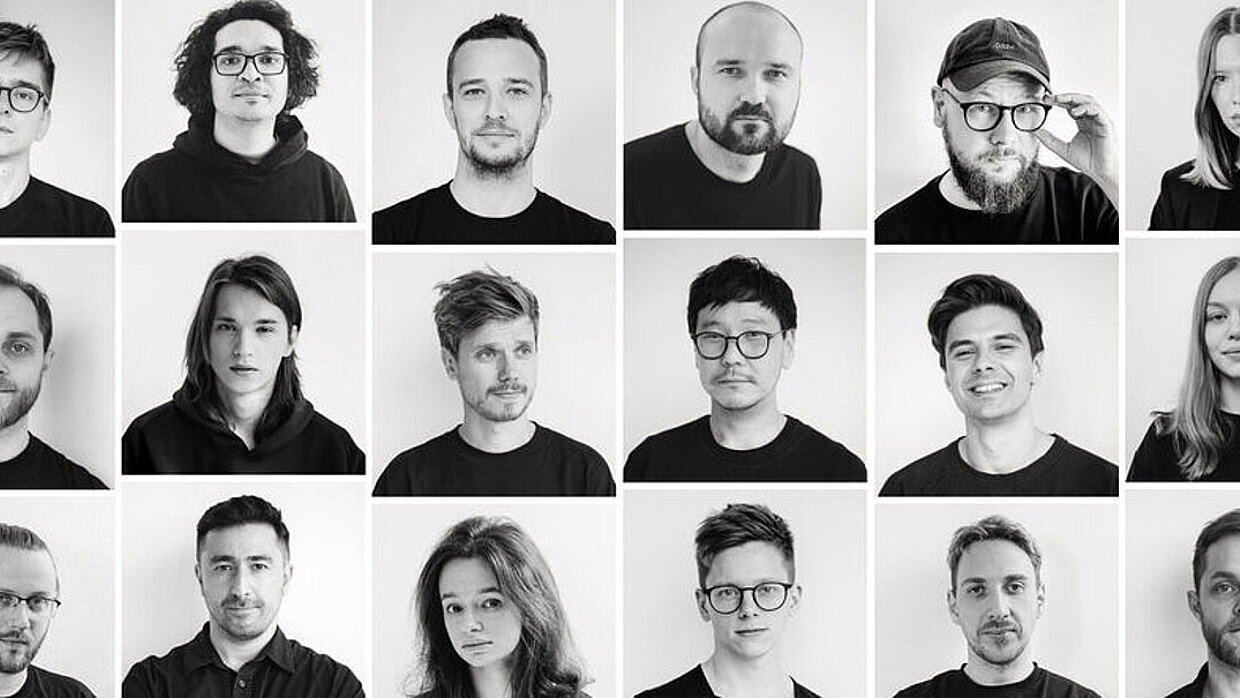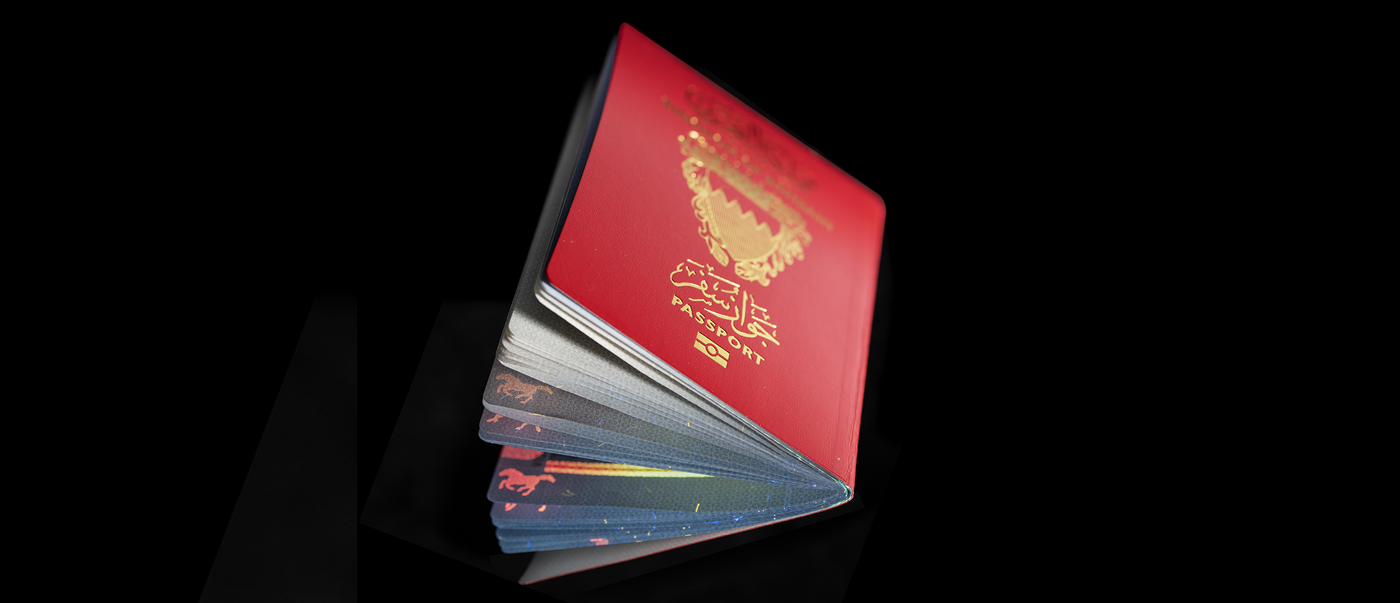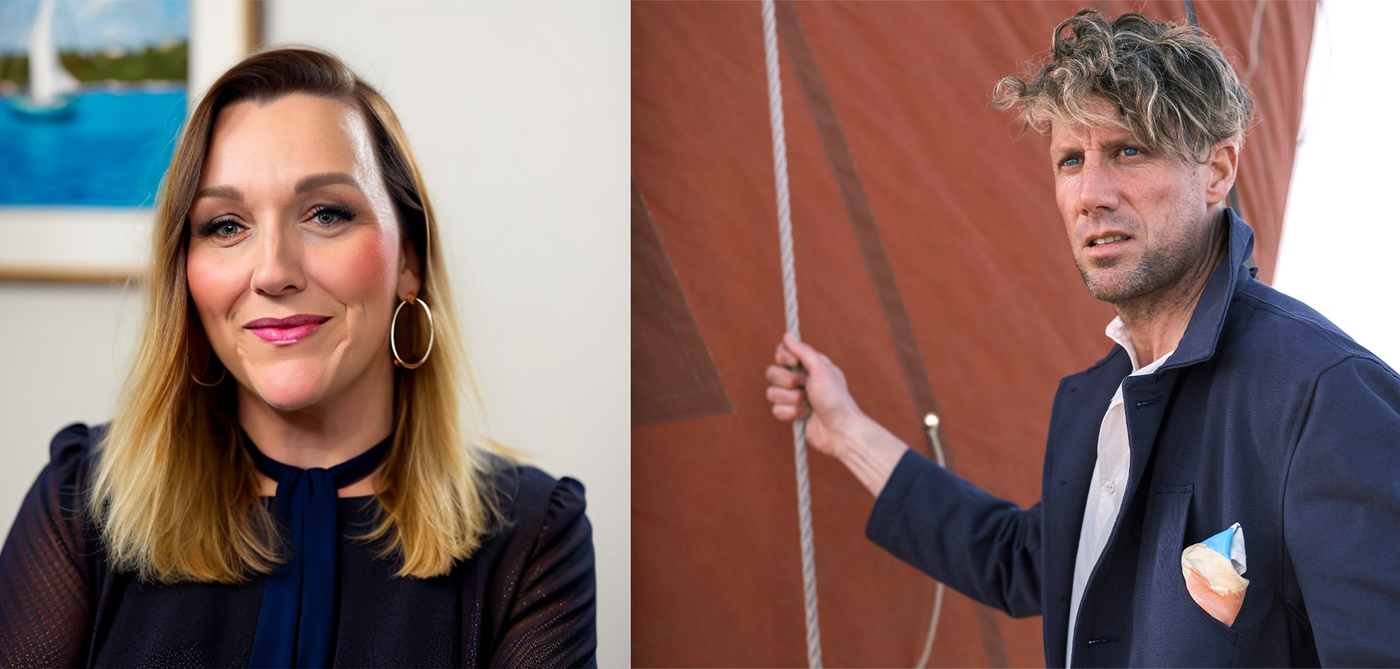
HID is known worldwide as a technical specialist for smart cards, mobile IDs and passports. With the redesign of the electronically readable passports for the Kingdom of Bahrain, HID also demonstrates its feel for the visualisation of identities: the Kingdom’s cultural heritage is reflected on every page in a variety of ways, while the security features have also been skilfully integrated into the narrative design.
Interview with HID
Red Dot: What were the design specifications for the graphic design of the electronic passports?
HID: These specifications are strictly defined, especially for passports issued by the International Civil Aviation Organization (ICAO). It must be ensured that they are secure, standardised and compatible worldwide. For example, the size and format are always the same. Beyond these basic standards, we had a lot of leeway and initially presented the client with three different design styles and themes. The next phase, which is always absolutely invaluable for us, was the design workshop with our client. This part of the process encourages collaboration and ensures better understanding and mutual agreement. Here we defined the style, theme and content, got a clear idea of the colour palette and design style, and selected locations to visit for our photos.
Where did the basic idea come from?
I wanted to develop a narrative approach and take the passport holder on a journey through the pages. Initially, the focus was on the history of the pearl trade in Bahrain, which thrives on the oyster beds in the Persian Gulf. Not only did this trade contribute to Bahrain’s prosperity; it also made the country an important player in the global pearl industry. We were able to convince the client of this in the initial phase. In further discussions, including with His Royal Highness the Crown Prince, the story evolved in that they wanted to capture the most important symbols and milestones of Bahrain’s heritage, past and present. Finally, we agreed on twelve page themes, such as faith, history, nature, government, innovation, sports, etc. On each spread, the left-hand page represents the past and the right-hand page the present.
What were the biggest difficulties in this project?
We had a lot of freedom when designing the visa pages. The biggest challenge was the personal data page. Here, advanced security technologies such as biometric data and embedded electronic chips had to be integrated, as well as surface embossing and personalisation. We also needed to cope with a complex Arabic and English text layout. In addition, security features such as holograms, windows and invisible fluorescent UV printing require thoughtful placement in the design to prevent counterfeiting, while still maintaining aesthetics.


